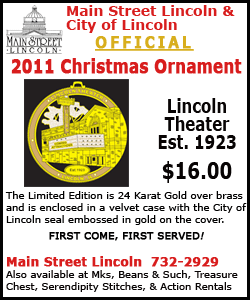| |||||||||
| |||||||||
Zheng said it's rare for the English-speaking world to have access to such visual historical documents. Even in China, she said, this collection probably would not have survived because it features Mao alongside Lin Biao, who was accused of plotting a coup against Mao and deemed a traitor. He died in a plane crash while flying to the Soviet Union in 1971. "This whole project would be politically incorrect," she said. Xiaobing Tang, a professor of Chinese literature and visual culture, said in a university release that the images are more valuable than others found online because of their complexity and detail. He estimated that each papercut could be worth more than $150 to a serious collector. The university has no immediate plans for a public display of the actual papercuts but has digitized the images and posted them online. ___ Online: Chinese papercuts from University of Michigan's Center for Chinese Studies:

http://quod.lib.umich.edu/c/ccs1ic/
[Associated
Press;
Copyright 2011 The Associated Press. All rights reserved. This material may not be published, broadcast, rewritten or redistributed.


News | Sports | Business | Rural Review | Teaching & Learning | Home and Family | Tourism | Obituaries
Community |
Perspectives
|
Law & Courts |
Leisure Time
|
Spiritual Life |
Health & Fitness |
Teen Scene
Calendar
|
Letters to the Editor